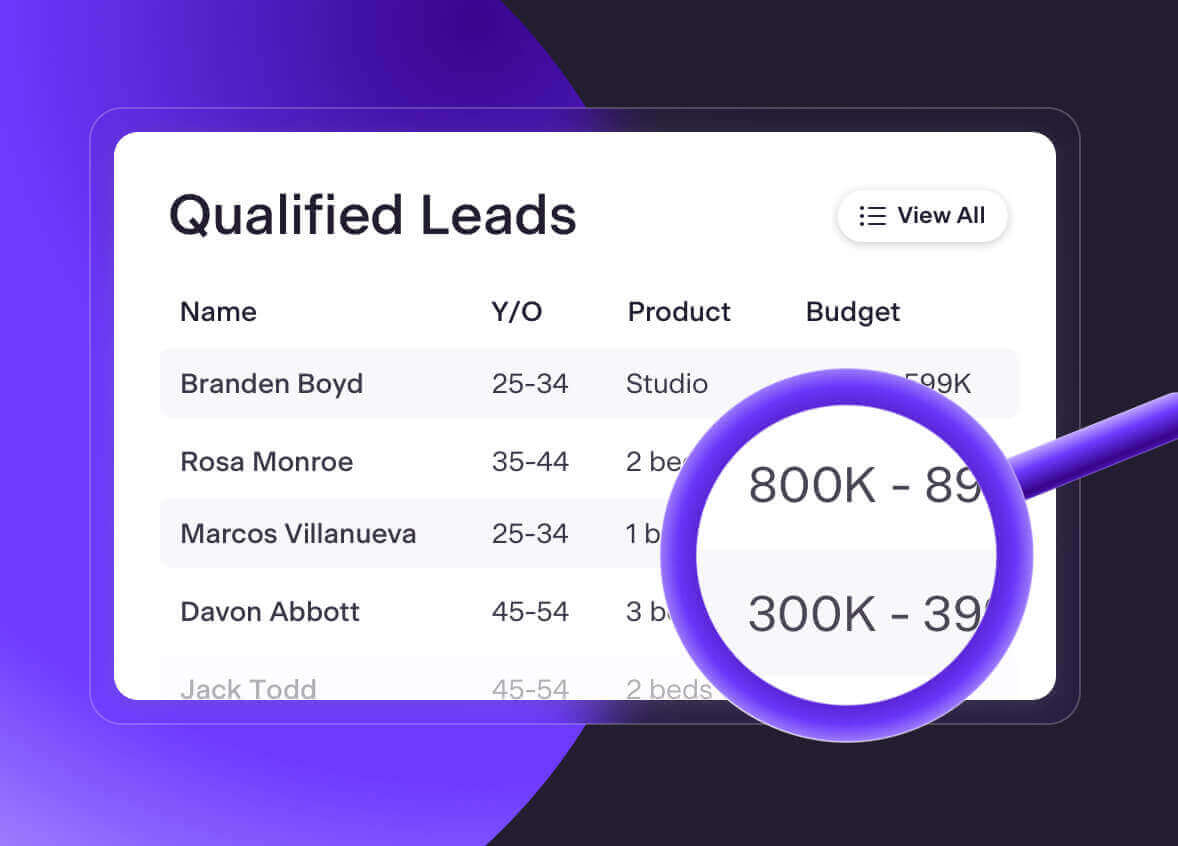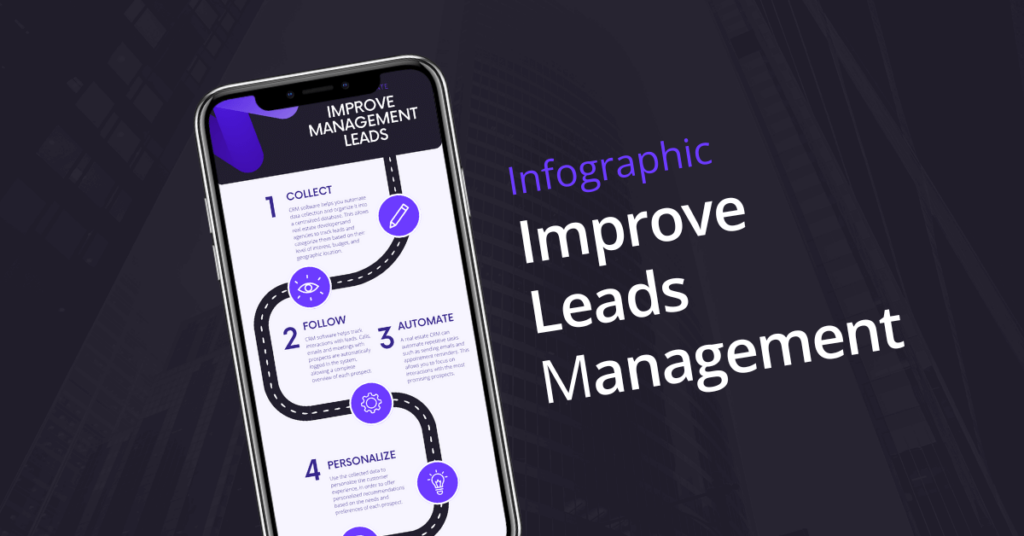In the real estate industry, data is key to improving your sales and maximizing your profits. It is important to know how to collect, store and use them. Discover 6 essential rules for optimizing your data real estate.
Currently, we can say that we collect a significant amount of data. Modern technology allows us to measure and analyze vast amounts of information, whether it is about the market, goods, or buyers. The data collected allows you to generate qualified leads, adapt construction projects, the selling price of units, increase profits… The possibilities are endless. It would be a shame not to use this wealth of information wisely, but you still need to know how.
1. Have your own real estate data
First, it is important to make sure that the data you use on a daily basis is contractually yours and that it’s being made available to you in an exploitable format. While this may seem straightforward to most, a lot of companies realize that their enterprise data is not in an exploitable format when they start looking at real-time performance indicators. While most CRMs contain data at a very granular level, the proportion of solutions that allow complex reporting and statistical analysis of this data is very small. Owning your data and having the right format to use it properly usually gives companies an edge over their competition. As 2021 comes to an end, there is absolutely no reason why a company would not be able to derive a real-time comparative market analysis on a whim, in a few seconds, by making a few clicks and selecting the dimensions to report upon.
2. Have a plan for data storage and usage
As in any situation, it is obvious that being prepared with a comprehensive plan from the outset is essential to getting off to a good start. To do this, you have to ask yourself (or your data team) the right questions. Questions should stem from the real metrics you are trying to measure like “Where should I put a billboard for my new project?”, “What drives this decision?” “Is it locality, the type of audience, population demographics, their financial situation, or a combination of all of these?” “How should my data be laid-out for it to make decisions easier?” “Does it need to be mapped out?” “Should it be interactive?” “Will drill-down really be helpful?”
3. Collect only useful data
Some companies will collect all kinds of data, but at the end of the day, they will never use it integrally, because the data is either not being collected in the right way or worse still, because it’s not even relevant in the decision-making process. This implies that a lot of companies have a ton of data without the proper structure and context at the time of collection, making this data pretty much useless.
Our experience shows that many businesses do not have the adequate bandwidth to use the data they generate daily. This, in-turn, makes data lakes cumbersome and expensive to maintain while dragging their real-world value down, which doesn’t make investing in data that good of an investment. Therefore it is key for businesses to carefully assess whether or not some data will be useful in making decisions. Collecting as much data as possible may sound nice on paper, but weeding out what’s useful gets harder as the number of data points increase.
To sum it all up, data should be seen as raw material: it must be recorded, stored, and converted. Before we start measuring anything, we must at least address the following points: pick the right tools to extract the data, select the best location to store it and identify the most meaningful way to represent it to assist in the decision-making process.
4. Link your actions to your real estate data
As mentioned earlier, collecting data just for the sake of it is an absolute waste of time. It’s not the data itself, but what you do with it, that creates value. Location data per se, for example, is of no use if you can’t tie it to a buyer profile or buying behavior. Questions that should remain top of mind are: “What can I measure now that could help me make better informed decisions? What will I need to measure in the future to remain relevant? and most importantly, why will having this information on-hand help me be better at managing my business?” Talk to your team about this as well, and discuss all the ideas on the table to move the whole process forward.
5. Anticipate future needs
The future belongs to those businesses that make the user experience at the core of their go-to-market strategy. A great example we saw in the last year is how businesses that adapted to real-time market data managed to thrive during the COVID-19 pandemic while those who were slow to adapt aren’t here anymore. Within a few years, we will be making most of our purchases online. This means that the current models, in which the lease values of commercial locations determine the value of a property, will gradually be replaced with newer models based on (hopefully) eco-friendliness, proximity to strategic suppliers, mobility, sustainability, well-being, and ease of use.

Learn more about data
You know how to improve data management, but what does the law say about it? What are the applicable data protection regulations?




